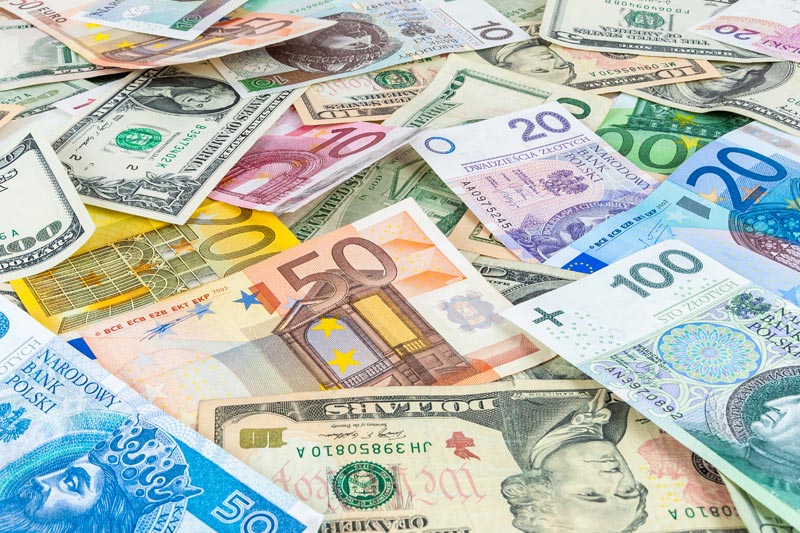Street Calls of the Week
Investing.com - The Australian dollar fell against the greenback on Monday on concerns cooling Asian and European economies may cut into Australia's growth rates later this year..
In Asian trading on Monday, AUD/USD hit 1.0410, down 0.44%, up from a session low of 1.0406 and off from a high of 1.0436.
The pair was likely to test support at 1.0368, Thursday's low, and resistance at 1.0474, Friday's high.
Cool manufacturing figures and other data out of China coupled with concerns the European debt crisis won't seriously abate anytime soon sparked an Aussie selloff.
Australia provides raw materials and other goods used to fuel the massive Chinese economy, which has cooled in recent months.
Meanwhile in Europe, reports surfaced that Germany and France were at odds over a timeframe to centralize banking supervision, with Germany hoping to delay giving the European Central Bank more power to oversee the eurozone's financial institutions.
The news sent the Australian dollar and other higher-yielding currencies falling, as investors took up long greenback positions on expectations that fresh policy snags that could further delay Europe's exit from its debt crisis.
The Australian dollar, meanwhile was down against the euro and down against the yen, with EUR/AUD up 0.15% at 1.2430 and AUD/JPY down 0.60% at 81.26.
Later Monday, the Bank of Japan will release the minutes of its most recent policy setting meeting, which contain important insights into current economic conditions from the bank’s perspective and shed light on the global economy.
In the eurozone, Germany is to releases data on business climate, a leading indicator of economic health.
In Asian trading on Monday, AUD/USD hit 1.0410, down 0.44%, up from a session low of 1.0406 and off from a high of 1.0436.
The pair was likely to test support at 1.0368, Thursday's low, and resistance at 1.0474, Friday's high.
Cool manufacturing figures and other data out of China coupled with concerns the European debt crisis won't seriously abate anytime soon sparked an Aussie selloff.
Australia provides raw materials and other goods used to fuel the massive Chinese economy, which has cooled in recent months.
Meanwhile in Europe, reports surfaced that Germany and France were at odds over a timeframe to centralize banking supervision, with Germany hoping to delay giving the European Central Bank more power to oversee the eurozone's financial institutions.
The news sent the Australian dollar and other higher-yielding currencies falling, as investors took up long greenback positions on expectations that fresh policy snags that could further delay Europe's exit from its debt crisis.
The Australian dollar, meanwhile was down against the euro and down against the yen, with EUR/AUD up 0.15% at 1.2430 and AUD/JPY down 0.60% at 81.26.
Later Monday, the Bank of Japan will release the minutes of its most recent policy setting meeting, which contain important insights into current economic conditions from the bank’s perspective and shed light on the global economy.
In the eurozone, Germany is to releases data on business climate, a leading indicator of economic health.
